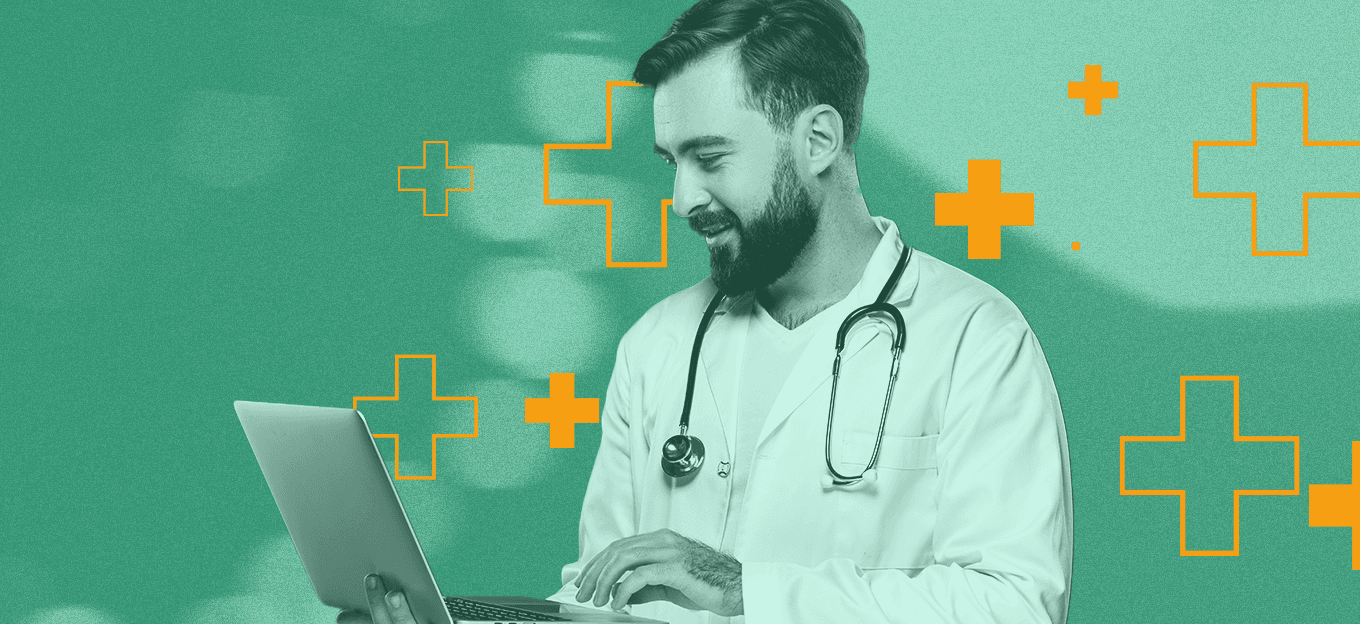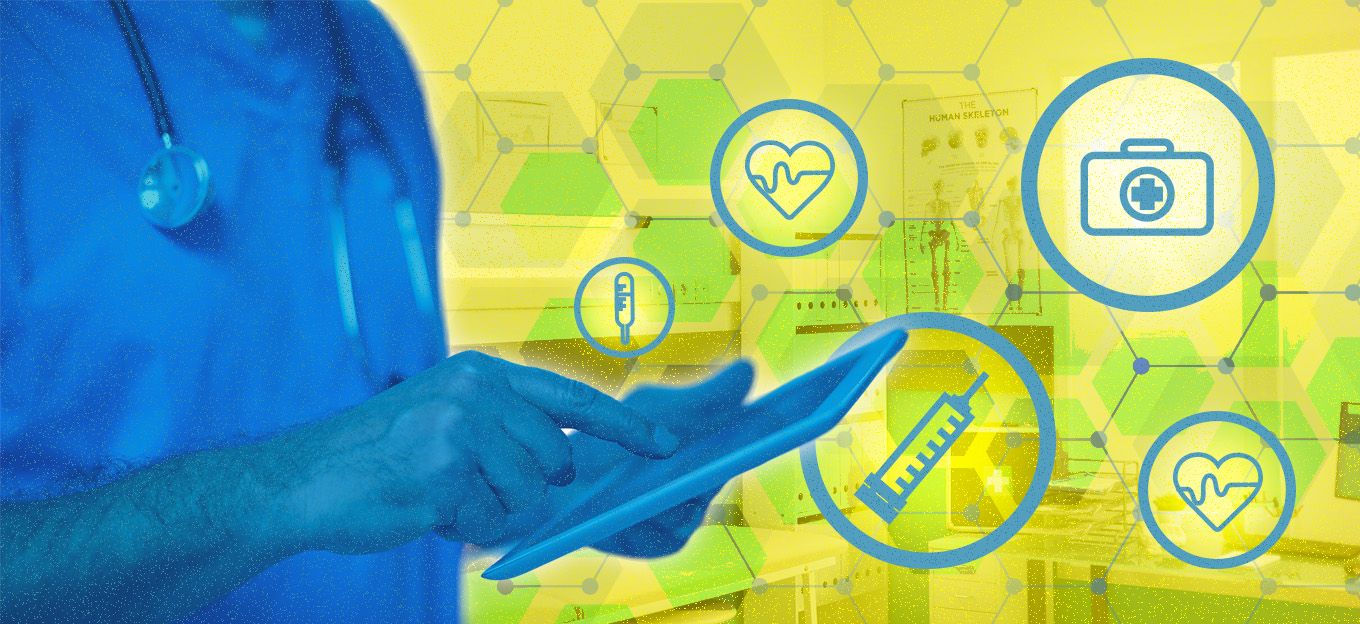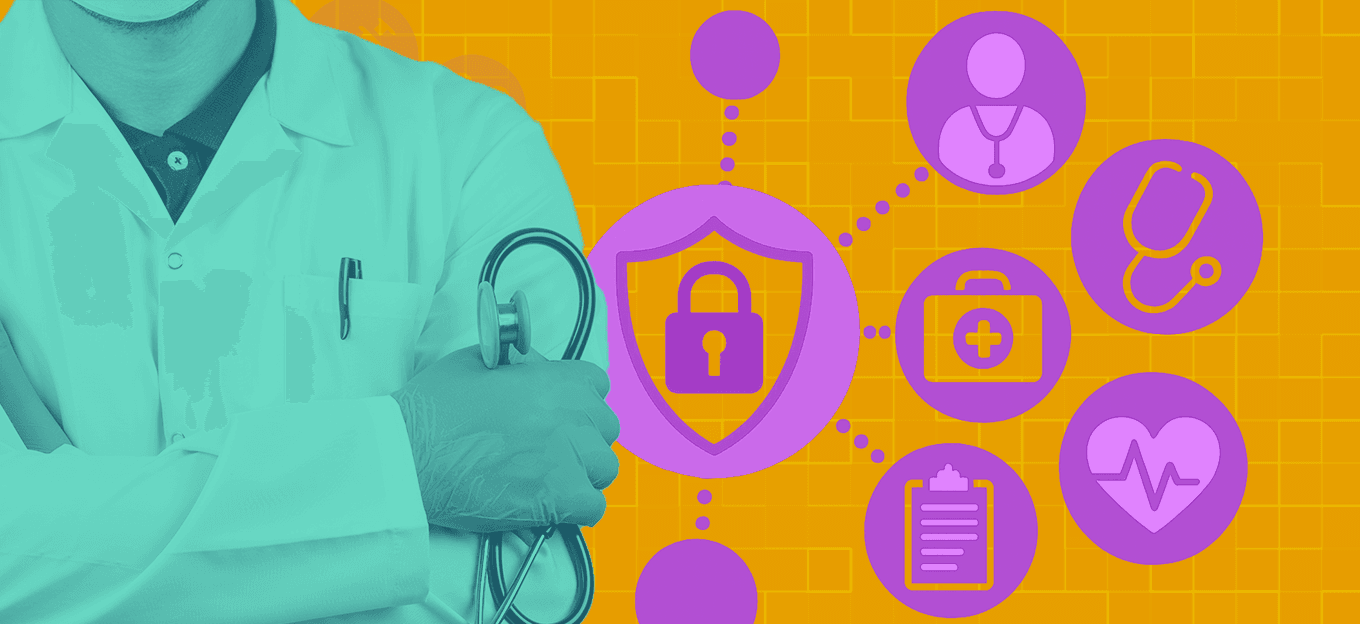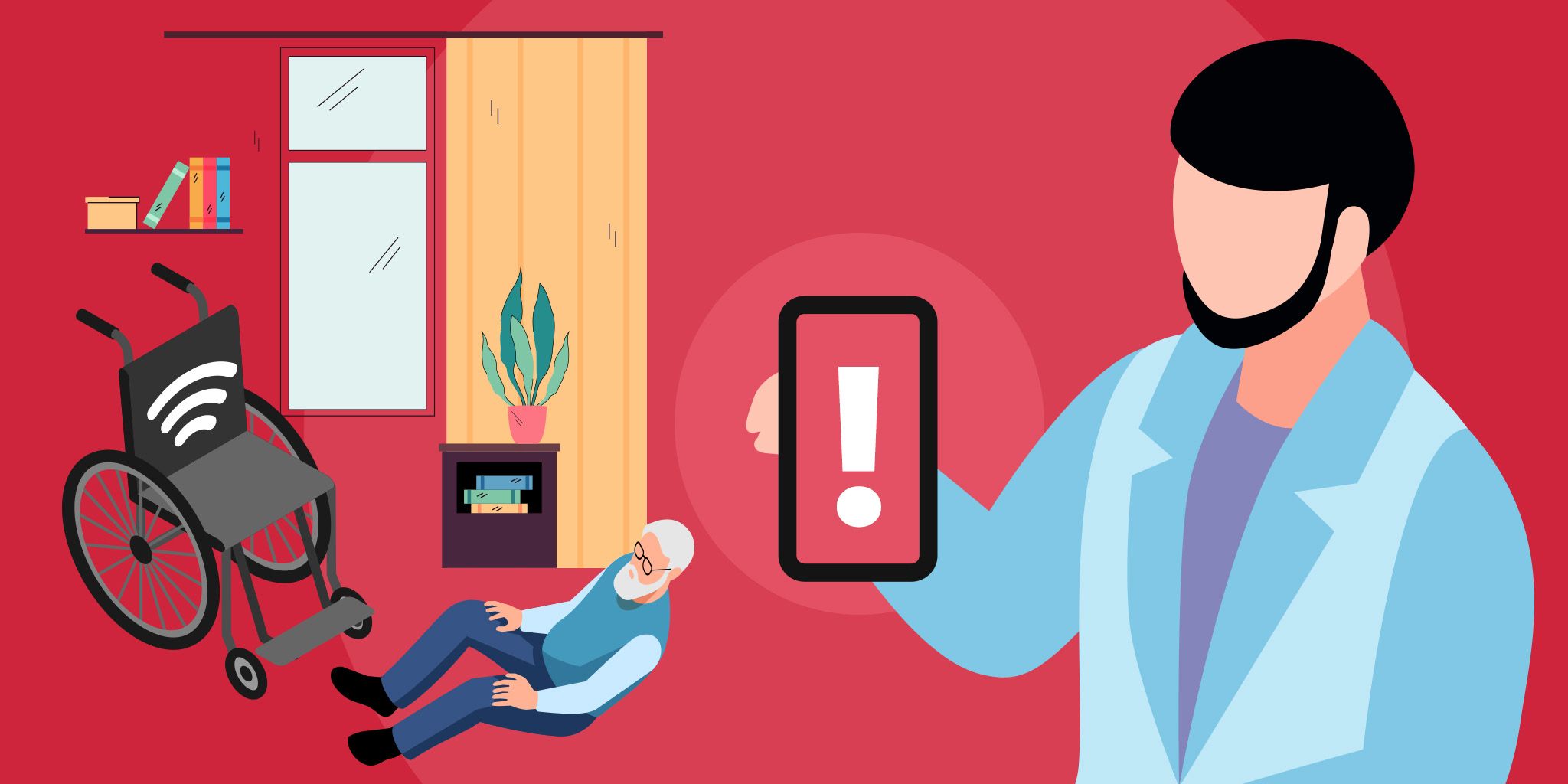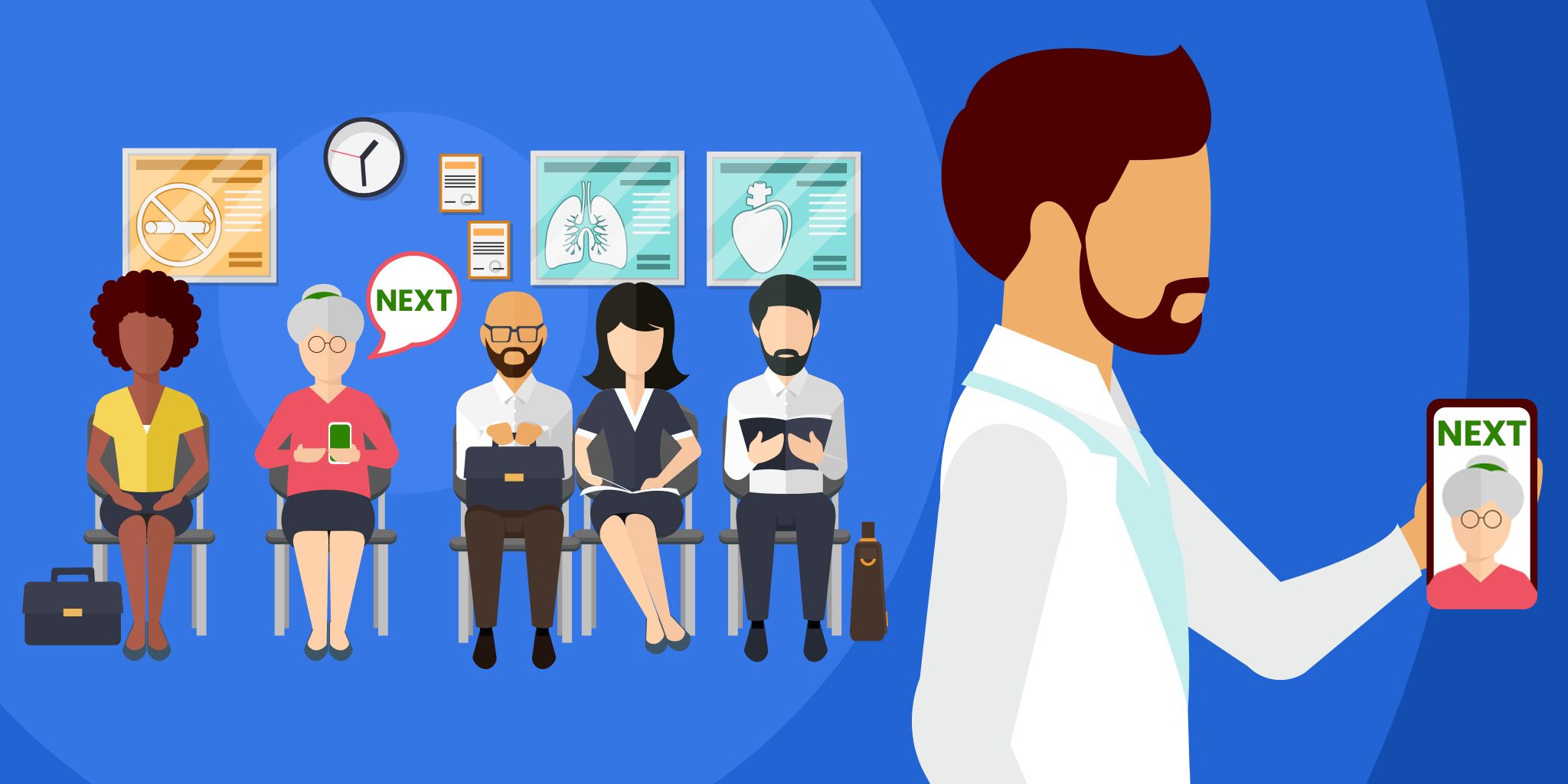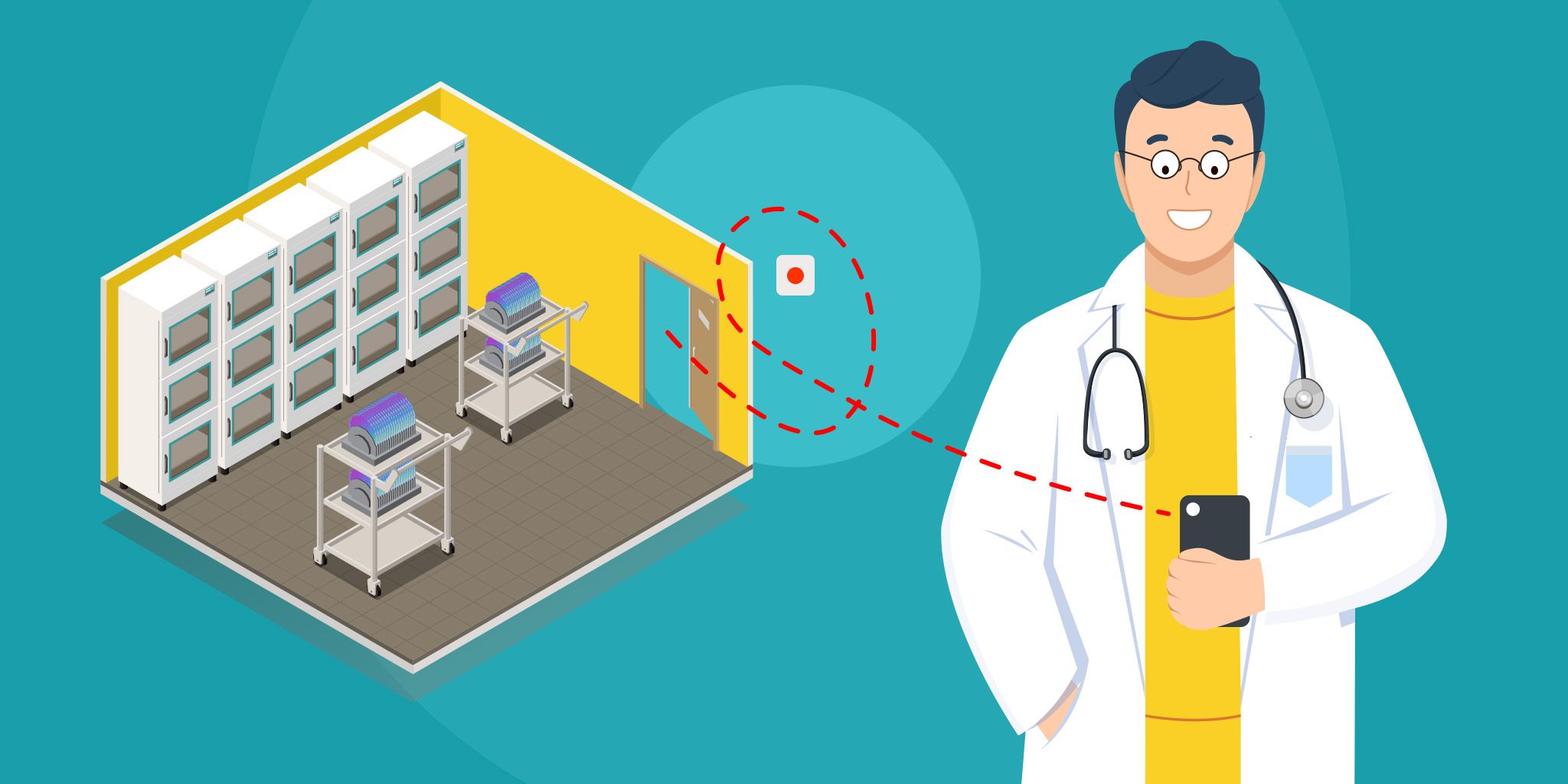Healthcare Transformed: Powerful IoT Applications Reshaping Patient Care
Healthcare Transformed: Powerful IoT Applications Reshaping Patient Care
- Last Updated: June 25, 2025
Aeris
- Last Updated: June 25, 2025



As a leader in medical device innovation, you’re not just building equipment; you’re helping shape the future of healthcare. The Internet of Things (IoT) has opened the door to powerful, connected ecosystems, and the Internet of Medical Things (IoMT) is taking it even further. From diagnostic systems and wearable monitors to smart hospital beds, your technologies can create real-time, data-rich environments that support faster decisions and more personalized care.
Healthcare organizations nationwide increasingly rely on advanced IoMT solutions to drive better outcomes, improve workflows and elevate the patient experience. As you bring these innovations to life, you must also meet the moment with responsibility by prioritizing security, ensuring compliance and staying ahead of what’s next in connected care.
Critical IoT Devices in Healthcare
At the core of the IoMT are the myriad healthcare devices like those you design and manufacture to streamline healthcare workflows, support medical staff and improve patient outcomes. Here are some of the most common IoT applications in healthcare:
Wearable Health Monitors
Use Case: Outpatient monitoring and early warning systems
Smartwatches and biosensor patches are commonly used to track vital signs such as heart rate, oxygen saturation (SpO2) and sleep quality. In clinical trials and cardiac rehab programs, smart wearables provide continuous data streams that help clinicians detect early signs of complications, like arrhythmias, before they become emergencies.
Remote Patient Monitoring (RPM) Systems
Use Case: Chronic disease management from home
IoT-enabled blood pressure monitors, glucose meters and weight scales transmit patient data directly to healthcare providers. RPM systems are widely used to manage conditions like hypertension, diabetes and congestive heart failure, helping reduce hospital visits and improve adherence to treatment plans. Medicare and Medicaid now reimburse many of these programs, highlighting their value in public health.
Smart Inhalers & Medication Dispensers
Use Case: Medication adherence and chronic disease management
Devices like smart inhalers and pill dispensers track doses and alert patients and caregivers if doses are missed. In conditions like asthma or Chronic Obstructive Pulmonary Disease (COPD), smart inhalers also detect environmental triggers and usage patterns, helping patients and doctors understand symptom fluctuations and optimize care.
Connected Imaging Systems
Use Case: Real-time diagnostics and integration with AI tools
Ultrasound, Magnetic Resonance Imaging (MRI) and Computed Tomography (CT) devices now feature IoT connectivity, allowing scans to be shared instantly with radiologists across locations. Some systems use AI-enhanced imaging that processes data in real time, flagging abnormalities for review, accelerating time to diagnosis and supporting clinical collaboration across specialties.
Smart Beds & Hospital Infrastructure
Use Case: Enhanced inpatient safety and workflow efficiency
Smart beds monitor patient movement, pressure points and bed exits to reduce fall risksand pressure ulcers. Additionally, they can integrate with nurse call systems and Electronic Medical Records (EMRs) to automatically log data, reducing manual entry and improving care team coordination.
Implantable Devices with IoT Capabilities
Use Case: Cardiac event detection and remote follow-up
Implantable devices, such as pacemakers and defibrillators, can feature remote telemetry that sends patient data directly to cardiologists, supporting proactive intervention and reducing in-person checkups post-surgery.
Other Examples of IoT/IoMT
The world of IoMT is just grazing the surface of what’s possible with next-generation, IoT-enabled medical equipment. Innovators in the IoMT space have been crafting powerful solutions that support doctors and medical staff with procedures and diagnostics. Here are some examples of emerging technologies in IoMT:
- IoT-enabled surgical robots that enhance procedural accuracy
- Smart contact lenses that monitor intraocular pressure in glaucoma patients
- Ingestible sensors that transmit data from within the gastrointestinal tract
- Smart wound care systems that track real-time healing metrics like moisture and potential of hydrogen (pH)
How IoT Medical Devices are Reshaping Healthcare
Healthcare providers are flocking to IoT-powered medical devices for their clinical, operational and financial benefits. Moreover, major government agencies like Medicare and the Department of Veteran Affairs (VA) are actively supporting adoption in healthcare, especially for rural and chronic care, according to National Institute of Standards and Technology (NIST) healthcare recommendations.
Ways IoMT environments are reshaping healthcare delivery include:
- Improved Access to Care – IoT solutions connect patients in rural or underserved regions, helping close gaps in care delivery. Additionally, IoT devices enable remote monitoring at home, reducing in-person visits for chronically ill patients.
- Personalized Treatment Plans – By providing real-time data, IoT devices allow clinicians to tailor patient care to their unique health profiles. In addition, predictive interventions powered by AI and IoT, such as arrhythmia detection, can identify risks before they escalate.
- Operational Efficiency – IoT in the healthcare industry can streamline workflows by automatically tracking inventory and critical medical assets in real time, improving resource utilization and minimizing logistics.
- Reduced Hospital Readmissions & Costs – IoT-enabled monitoring and alerts can notify providers when patient conditions decline, enabling earlier interventions. Moreover, these systems can remotely facilitate adherence to connected pill dispensers.
- Data-Driven Clinical Insights – IoT devices support longitudinal patient tracking over time, allowing clinicians to make better-informed decisions. IoT in healthcare is also invaluable to clinical research and gathering real-world evidence.
Healthcare IoT Device Compliance
In a highly regulated industry like healthcare, compliance isn’t optional — it’s mission-critical. The IoT devices used in healthcare that you design and build must meet stringent regulatory standards to ensure patient safety and protect sensitive data.
For example:
- The Health Insurance Portability and Accountability Act (HIPAA) governs how patient data is handled and secured.
- The International Organization for Standardization (ISO) ensures device interoperability, data security and user privacy.
- The Food and Drug Administration (FDA) sets quality standards and classifies medical devices based on risk, with Class I being the lowest and Class III being the highest.
Unlike traditional medical hardware, IoT healthcare devices are dynamic and software-driven, requiring frequent updates and regular audits to verify compliance. Moreover, new regulations are rampant, such as the European Union’s Regulation 2017/745 (MDR) and Regulation 2017/746 (IVDR) , which require cybersecurity and post-deployment monitoring for IoT devices. To help your customers avoid fines and disruptions due to noncompliance, it’s essential to integrate security and compliance into your device development process from the start.
IoT Security in Healthcare
IoMT environments rely on hundreds to thousands of interconnected devices, systems and endpoints, which increases cybersecurity risk. IoT ecosystems designed for ease of use may be especially vulnerable to cybercrime if they rely on outdated software, lack sophisticated encryption, and communicate across organizations. In these instances, ransomware, data breaches and hacks can hold systems hostage, divulge sensitive info or jeopardize patient safety.
To combat these threats, medical device manufacturers must invest heavily in advanced cybersecurity solutions like encryption, endpoint protection and identity and access management (IAM). The global healthcare IoT security market is projected to grow from $0.74 billion in 2025 to $3.52 billion by 2034, a CAGR of 18.83%, according to Towards Healthcare IoT Security Market Trends. Additionally, providers should adhere to regulatory frameworks and guidance provided by the FDA and NIST.
IoT Innovation Fueled by AI, Edge Computing & 5G Connectivity
Looking ahead, the IoMT landscape is poised for significant advancements. Artificial Intelligence (AI) will enhance all facets of the ecosystem, delivering accurate, real-time diagnostics, predictive analytics and even digital twins for personalized healthcare modeling.
Additionally, edge computing will improve IoT device response times and reduce latency by processing data closer to where it’s generated — at the “edge” of the network. At the same time, 5G connectivity will expand and facilitate real-time data exchange in remote or mobile care settings.
Healthcare is trending toward IoMT, with institutions adopting IoT devices worldwide, fueling innovation across hardware, software and connectivity infrastructure and opening new opportunities for proactive and efficient care delivery.
The Most Comprehensive IoT Newsletter for Enterprises
Showcasing the highest-quality content, resources, news, and insights from the world of the Internet of Things. Subscribe to remain informed and up-to-date.
New Podcast Episode

What is Hybrid Connectivity for IoT?
Related Articles
